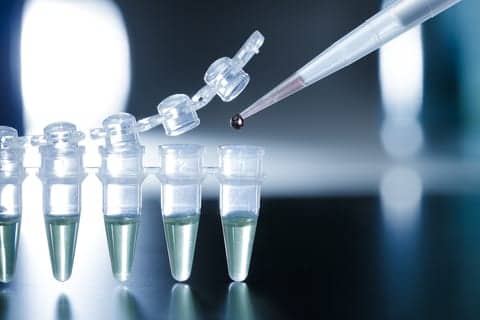Amputation appeared the only solution for a patient affected by extreme pain caused by peripheral artery disease (PAD), until given the option to participate in an investigational stem cell trial at Northwestern Medicine that aims to restore the flow of blood in the limb.
Called the MOBILE Study, which makes use of a device called the MarrowStim PAD Kit, the trial looked at a randomized group of patients who received injections of their own stem cells retrieved through a bone marrow extraction in an attempt to restore blood flow to the leg.
“MarrowStim offers a new approach for patients with a grim prognosis,” said principal investigator Melina Kibbe, MD, a vascular surgeon at Northwestern Memorial Hospital, and Edward G. Elcock, professor of surgical research at Northwestern University Feinberg School of Medicine. “We’re pleased to be part of this national trial to see if there might be a significant chance of improving treatment for patients with few choices left for treatment.”
The patient, described in a media release from Northwestern University as Denise Hopkins-Glover, a 55-year-old grandmother of two, is affected by PAD. The condition is marked by the pooling of cholesterol and fatty plaque pool in blood vessels, which in turn restricts blood flow to the limbs.
In its most severe form, PAD causes critical limb ischemia, which can cause pain in resting legs, sores or ulcers that don’t heal, thickening of the toenails, and gangrene, which can eventually lead to amputation.
During the procedure, patients are put under general anesthesia as bone marrow is harvested through a needle from the hip. The bone marrow is loaded into the MarrowStim™ PAD Kit, an investigational device, where it is processed in a centrifuge. This spinning separates the marrow into different layers, with one of the layers containing the stem cells. Immediately following the separation, the stem cells are injected in 40 different spots on the affected limb, delivering concentrated bone marrow in each one. The entire procedure takes about 90 minutes. Patients follow up with investigators at different intervals in the year following the injections.
Karen Ho, MD, a Northwestern Medicine vascular surgeon who is also an investigator on the trial, said the exact reason the bone marrow injections might help chronic limb ischemia is still a mystery.
“Nobody really knows the exact mechanism,” said Ho, who is also an assistant professor in vascular surgery at Feinberg. “The idea is that it might improve or enhance new blood vessels in the calf.”
[Source: Northwestern Medicine]




